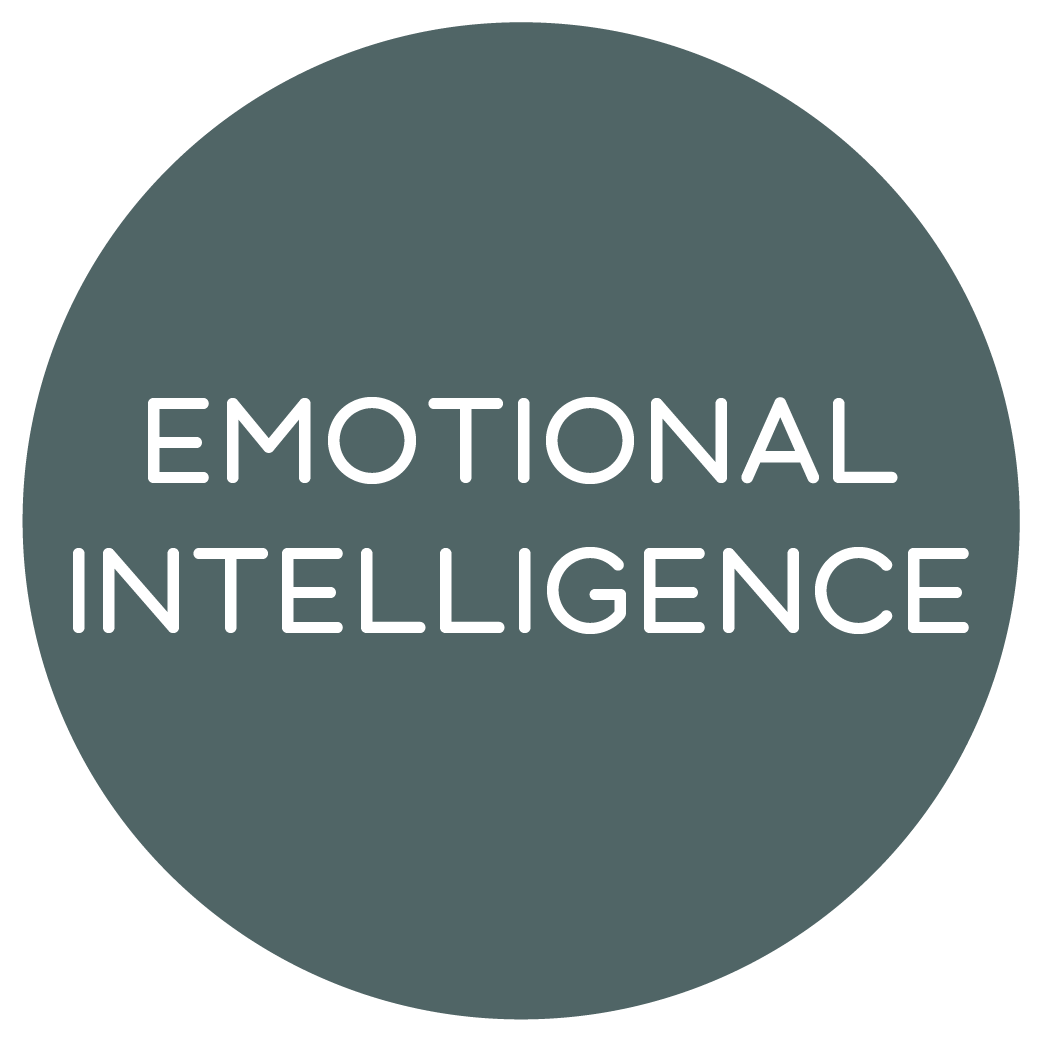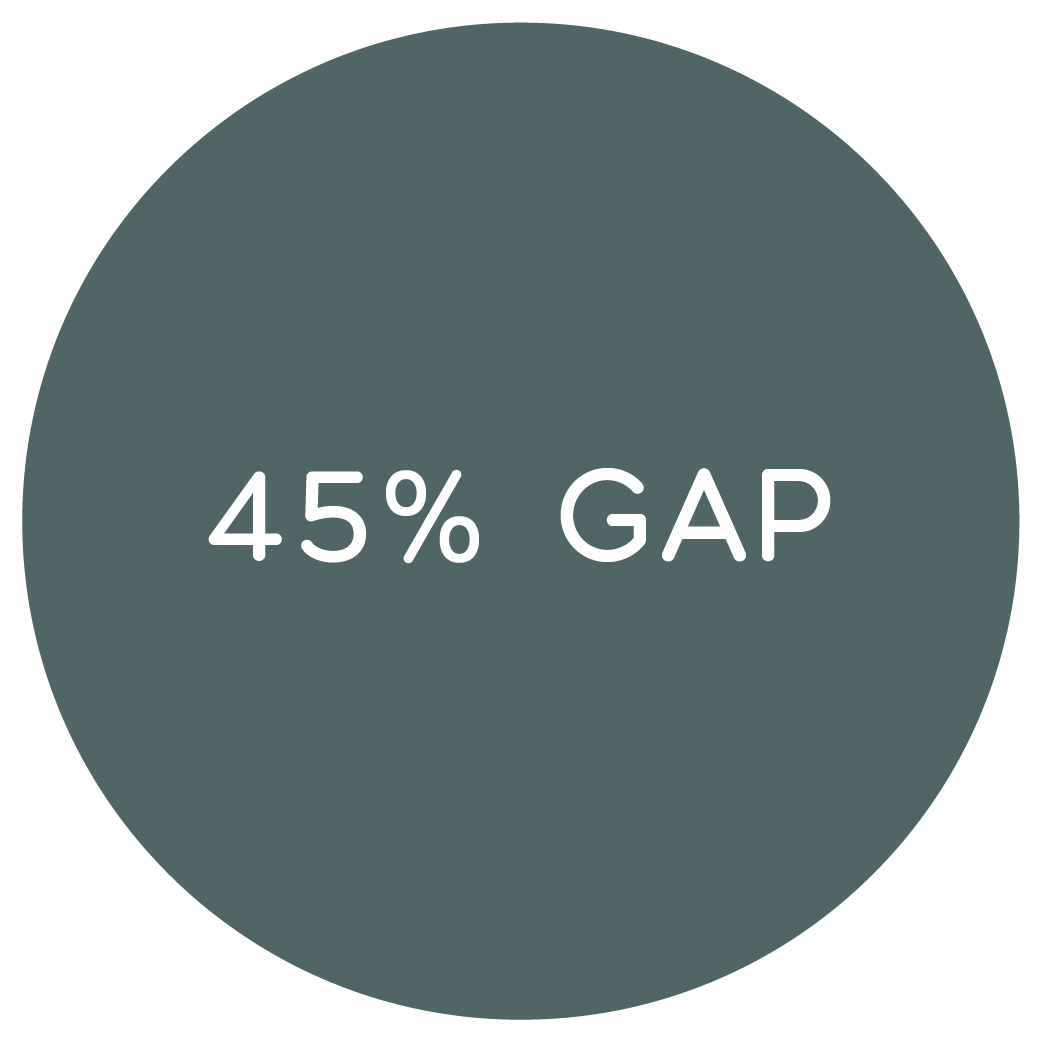If this is your first time visiting our blog, welcome! If you’ve been following along for the last four months, we value your viewership dearly. Here at Invest In Access (IAI) we touch base with you via our blog at least once a month; so it’s that time again <3
We are super excited to share a program development with you, but first:
A huge shout-out to Jo Cook. JC has shown steadfast leadership within IAI since our inception. In this past month – everything from creation of new materials, engagement, professional development, and research – would’ve looked vastly different were it not for her confidence, creative vision, and speed. (Thank you J!)
So what are we so excited to share?
The creation of our of Disability Awareness Curriculum for grades 4-8th <3
This curriculum will be for general education students, and will offer age appropriate lessons in augmented communication, disability, immersion, inclusivity, neurodiversity, and educational paths to careers such as: interpreting, personal aide/care, special education, physical therapy, physiology.
The value of this in school programming cannot be underestimated. As a nation, we are now routinely seeing leading research that shows: increased emotional intelligence, and gained knowledge, translate directly to economic opportunity for all.

Increased emotional intelligence fosters conditions for attention training, calm, and compassion. By developing these skills children become stronger leaders as they age.

Suicide is the 3rd leading cause of death for children ages 10-24, and could be more prevalent for children with intellectual disabilities.

Neurodiversity: 50% of all lifetime cases of mental illness begin by age 14.

Through localizing educational programming, we can work within our communities to decrease the current delay between onset of mental health symptoms and intervention; presently 8-10 years.

Understanding: by fully recognizing the innate value that individuals with disabilities hold – we are better positioned to address disparities in employment; 45% gap for persons with disabilities compared to persons that do not have disabilities within SOM.

Jobs in innovation: persons with disabilities often have to adapt to their environment thus accruing skills in agility, forethought, problem-solving, and willingness to experiment.
If you are reading this blog, and you are a Michigander – did you know that:

Michigan has one of the largest disability populations in America; ranking within the top 20 states.

Michigan ranks within the highest percentile of youth that live with disabilities in both categories measured by the United States Census Bureau; ages 0-5, ages 5-17.
Presently, our curriculum adheres to Michigan Core Education Standards, however, we welcome inquiries from any state, and can adapt the curriculum accordingly. To ensure the highest standard of excellence we receive feedback, insight, and work in tandem with national subject matter experts within the fields of education, disability, equity, and healthcare.
We are so glad to be doing the work that we do, and invite you to visit our social media pages in order to spend time with us on a regular basis. To do so: click here, and here. Also here, and just one more click here 🙂
Continued best,

SOURCES:
- Disability:IN.
- Ballard, E., Bridge, J., Greenbaum, R., Ludi E., Horowitz, L., Pao, M., Reynolds, W. (2013) Suicide Risk in Youth with Intellectual Disabilities: The Challenges of Screening; US National Library of Medicine National Institutes of Health.
- Kraus, L., Lauer, E., Coleman, R., and Houtenville, A. (2018). 2017 Disability Statistics Annual Report. Durham, NH: University of New Hampshire. A NIDILRR-Funded Center; National Institute on Disability, Independent Living and Rehabilitation Research.
- National Institute on Mental Health (2016).
- The Personal and Professional Benefits of Improving Your Emotional Intelligence, Chande-Meng Tan (2016).

